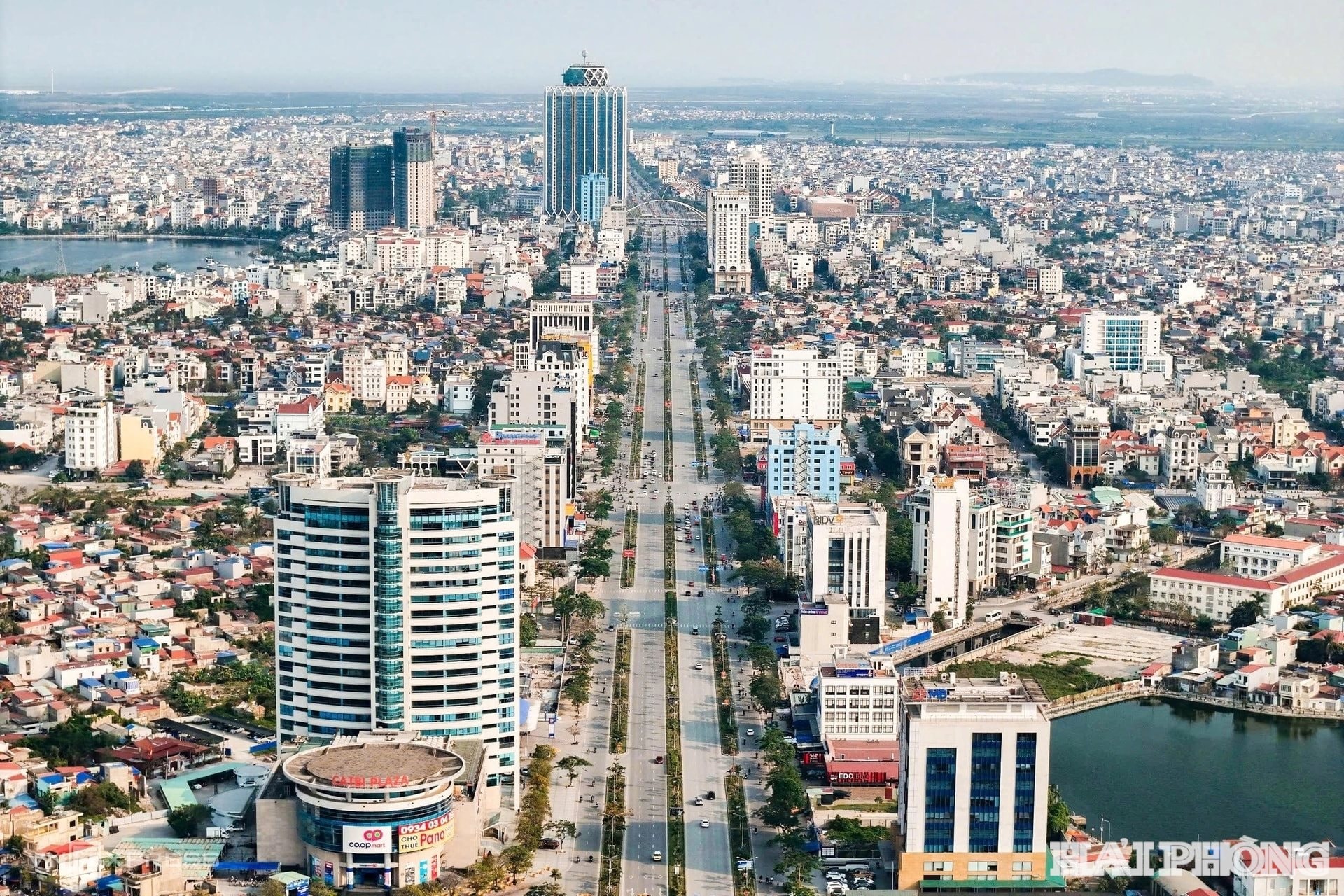Transportation paves the way for Hai Phong’s development
80 years after gaining national independence, Hai Phong has transformed from a war-torn port city with fragmented transportation into a thriving metropolis with a modern and comprehensive infrastructure system.

Overcoming hardships
Shortly after the success of the August Revolution in 1945, Hai Phong became a strategic port city, serving both as a trade hub and a key defense line, though its infrastructure remained underdeveloped.
During the two resistance wars against the French colonialists and the US imperialists, the city’s transport system was heavily devastated. Throughout those periods, Hai Phong had no conditions to build modern transport works, and restoration and maintenance relied mainly on the people’s efforts.
After the wars, amid national hardships and limited budget, Hai Phong still lacked large-scale projects, and its transport system remained incomplete. Rising from difficulties with resilience and determination, the city gradually invested in building roads and bridges, laying the groundwork for breakthrough development in the years to come.
Developing all five modes of transport
On July 1, 2025, the merger of Hai Duong province with Hai Phong city marked a historic turning point. The new Hai Phong city now has an area of over 3,100 km2 and a population of more than 4.6 million, providing favorable conditions for the city to expand its development space and invest strongly in transportation.
Building on previous achievements, the city’s transport system has been developed in a comprehensive and modern manner, creating a new urban landscape. Today, Hai Phong brings together all five modes of transportation: road, railway, inland waterway, maritime, and aviation.
.jpg)
The city is home to strategic transport projects such as Tan Vu – Lach Huyen bridge, Ha Noi – Hai Phong expressway, Lach Huyen international port, Cat Bi airport, and many others under construction, contributing to making Hai Phong the largest logistics hub in Northern Vietnam.
In terms of railways, the standard-gauge Lao Cai – Ha Noi – Hai Phong line has been planned and will be urgently implemented to facilitate cargo transport from the Northwest to seaports.
On waterways, modern container terminals such as Lach Huyen, Dinh Vu, and Chua Ve continue to receive investment to enhance clearance capacity.
Cat Bi international airport is undergoing constant expansion, ready for new routes to meet international integration demands.
The city also focuses on developing smart transportation, building interconnected junctions, overpasses, and traffic control centers to reduce congestion and improve safety.
The Politburo’s Resolution 45 and the Prime Minister’s Decision No. 1516/QD-TTg both emphasize building and developing Hai Phong into a driving force for the Northern region and the whole country, with modern, comprehensive transport infrastructure that ensures convenient domestic and international connectivity via road, railway, maritime, aviation, and inland waterway.
The Standing Board of the Municipal Party Committee has approved a list of 32 key transport projects for the 2026–2030 period, many of which are inter-regional, driving socio-economic growth. This is an important preparation for Hai Phong to continue affirming its role as an international transport hub and the leading logistics center of Northern Vietnam.
Once the transport system is completed, Hai Phong will become a strategic connector between industrial parks and international seaports, strongly attracting investment in industry, processing, manufacturing, and logistics.
HAI MINH
